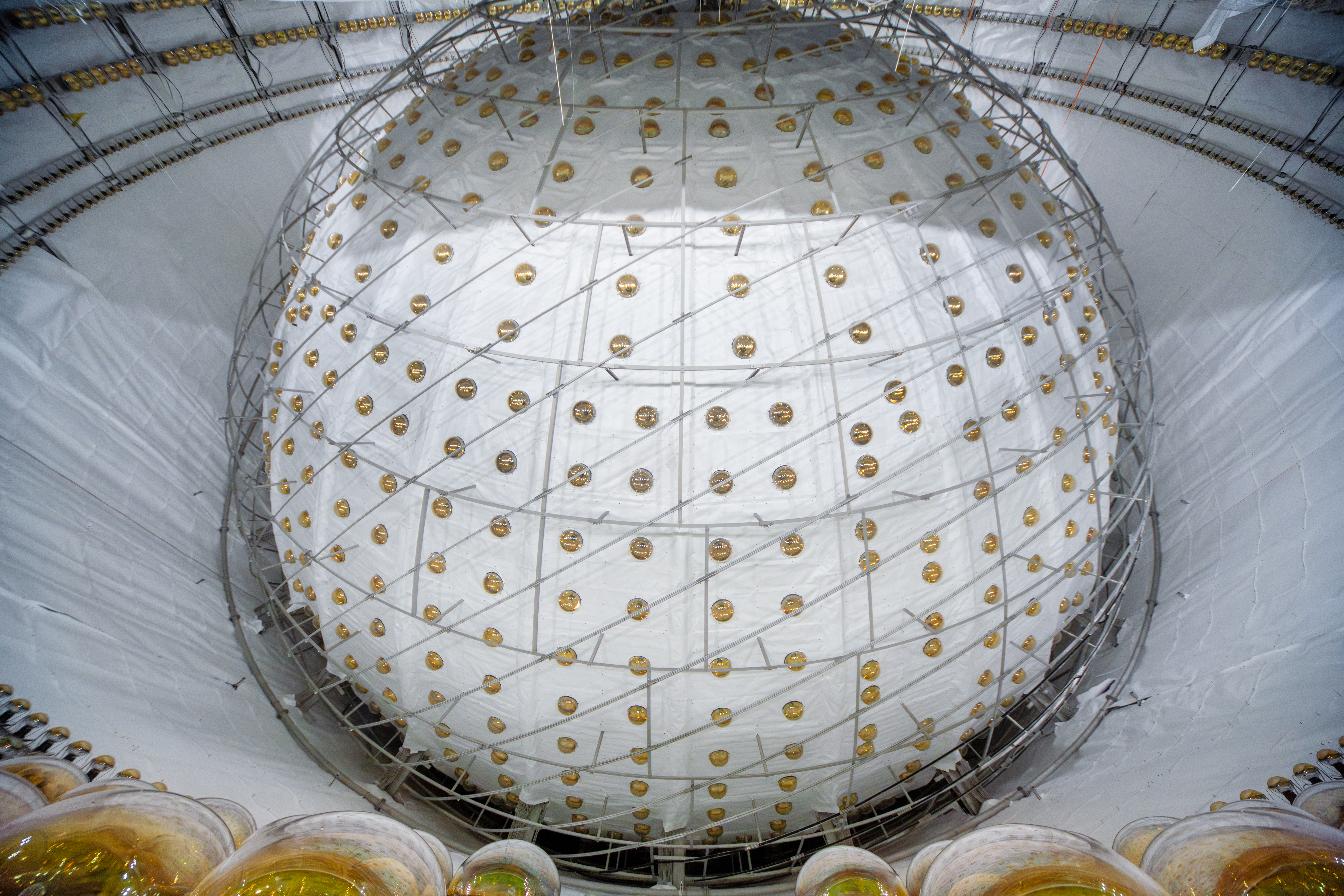this post was submitted on 22 Sep 2025
50 points (100.0% liked)
Technology
75704 readers
4026 users here now
This is a most excellent place for technology news and articles.
Our Rules
- Follow the lemmy.world rules.
- Only tech related news or articles.
- Be excellent to each other!
- Mod approved content bots can post up to 10 articles per day.
- Threads asking for personal tech support may be deleted.
- Politics threads may be removed.
- No memes allowed as posts, OK to post as comments.
- Only approved bots from the list below, this includes using AI responses and summaries. To ask if your bot can be added please contact a mod.
- Check for duplicates before posting, duplicates may be removed
- Accounts 7 days and younger will have their posts automatically removed.
Approved Bots
founded 2 years ago
MODERATORS
you are viewing a single comment's thread
view the rest of the comments
view the rest of the comments

The liquid keeps it stable and absorbs movement, right?
The liquid is the detection media.
Neutrino detectors are basically just huge scintillators (systems that absorb ionizing radiation and re-emit that energy as light). The liquid inside of JUNO (Linear alkylbenzene) has especially attractive scintillating properties.
Ah ok, I was conceptualizing this as more akin to a large reflecting telescope.
Yeah, neutrino detectors don't work like conventional telescopes because neutrinos don't behave like light. Technically, neutrinos are actually a type of dark matter since they don't participate in the electromagnetic interaction, and that makes them very hard to detect.
When a beam of light shines on your body, some of that light is absorbed as heat and a lot of it is reflected off of you. Neutrinos don't do that. Tens of billions of neutrinos from the sun hit your body every second and just... don't do anything. They pass straight through you with zero interaction whatsoever. Very, very rarely they'll interact with something, and neutrino detectors are designed to both maximize the chances of such an interaction happening, and to make those interactions more easy to spot.
I'm not up to speed on all the technical details of JUNO in particular, but most neutrino detectors are searching for events that look something like this:
A neutrino enters the detection medium and directly collides with an electron. Enough energy is transferred into the electron that it is stripped free from its parent molecule and moves through the medium at very high speed. If it moves fast enough, it can even exceed the speed that light travels through the medium, creating something sort of like a sonic boom — only with light. We call this Cherenkov radiation. The scintillating properties of the medium boost this signal and photomultipliers at the perimeter of the detector gather this radiation so that the event can be reconstructed by computers.